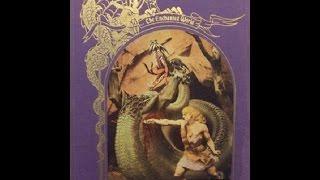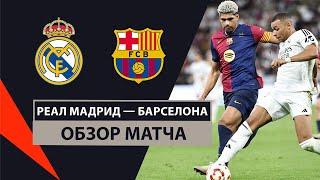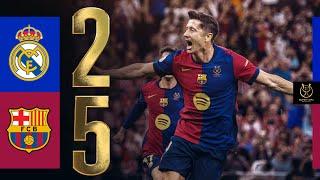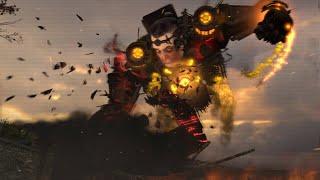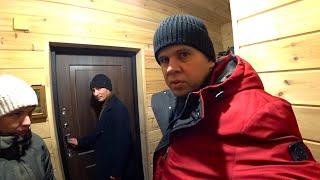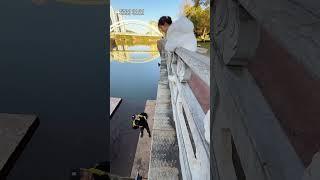Комментарии:

BTW, here are differences in dragons:
Asian dragons: They look like snakes with legs, talons, manes, whiskers, and antlers/horns. They don’t usually have wings. They tend to be friendly, wise, rich, and send down rain and good luck (however, some Japanese dragons are evil, the most infamous being Yamata no Orochi).
Western dragons: They look like lizards or crocodiles with wings and horns as well as a fiery breath (Asian dragons don’t usually breathe fire unless they are angry). They are usually evil, greedy, gluttonous, and vengeful. These are the classical fairy tale dragons most people are familiar with (burning down villages, eating livestock and people, hoarding treasure, kidnapping princesses, often slain by knights, kings, princes, and even thieves), and these are also your Fafnirs, your Smaugs, etc. However, there are friendly and good ones in some myths (and recent popular culture also like to feature friendly ones just as much as the evil ones).
Mesoamerican dragons (feathered serpents): They look like giant snakes with bird’s feathers and sometimes wings. These are wise dragons, and the most famous one is probably the Aztec god Quetzalcoatl.
Wyverns: These are lesser dragons with only two legs. They are usually evil and barbaric.
Wyrms (identified as “guivres” in the book): These lesser dragons don’t have legs, so they slither like snakes. They have venomous bites or can spit venom, and if you look into their eyes, you’ll be hypnotized.

What book are you referring to when you say “I have a children’s’ book that describes dragons as having camel heads, fish scales…” ?
I think this is the book I’ve been searching for 25 years since my childhood!

Wow was up late thinking about these old books. Thankfully someone posted these! Reminds me of my childhood.
Ответить
